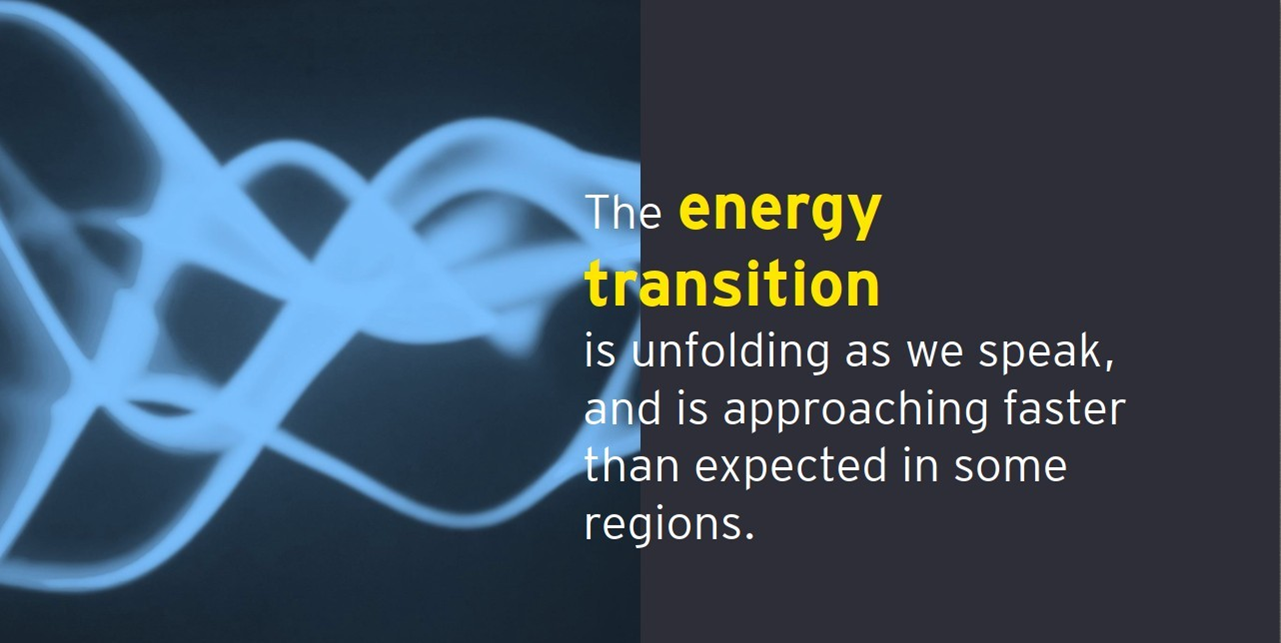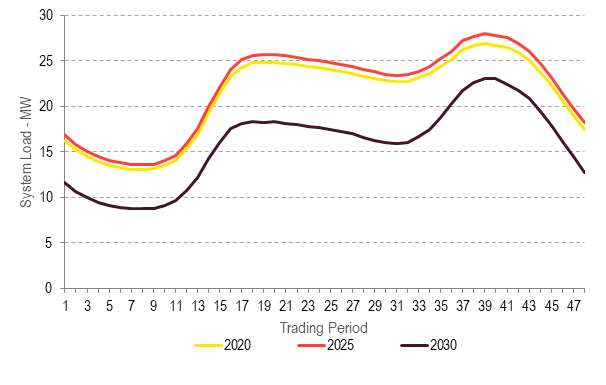Integrated EDB planning: Are you reframing your future or is the future reframing you?Sponsored
We all love a good strategy, but at some point, somebody must do something – or stop doing something – for change to occur.
There is no shortage of commentary on the energy transition unfolding around the world. Existing paradigms are being challenged on all sides by rapidly declining costs for distributed energy resources, the drive for decarbonisation and the democratisation of energy systems empowered by automatic intelligent control systems.

Utilities will increasingly be measured on resilience, flexibility and security of supply. As resources and control decentralise, the primary role of the utility shifts from an asset-centric focus on ensuring physical capacity between producers and consumers to providing a platform for a diverse set of centralised generators, distributed prosumers including a new class of mobile load with electric vehicles. That platform will be expected to be flexible enough to react to a much broader set of network and market conditions while maintaining security in the face of multiple decision-makers and intermittent generation.
Furthermore, an increasingly electrified world will see the social and economic consequences of outages increase, and climate change appears set to increase the likelihood of extreme weather events. In the wake of Covid-19, the profile and location of load is expected to evolve as new ways of working become a reality. We will expect all this without compromising the traditional measures of reliability, safety and cost. Projections of the energy industry in thirty years range from something very similar to business-as-usual to full decarbonisation and a revolution driven by Distributed Energy Resources (DERs) within the next decade.
 There is an often-unstated assumption at the centre of all these projections: infinite and well-balanced electricity distribution networks that have built the assets and incorporated the systems required to integrate DERs. A standard simplifying assumption in national and global models is that all issues beyond the grid backbone are resolved. Often grids are not modelled at all, overlooking one of the fundamental characteristics of electricity relative to other commodities – that it is difficult and expensive to store a material volume of it for a significant time, at all the right locations.
There is an often-unstated assumption at the centre of all these projections: infinite and well-balanced electricity distribution networks that have built the assets and incorporated the systems required to integrate DERs. A standard simplifying assumption in national and global models is that all issues beyond the grid backbone are resolved. Often grids are not modelled at all, overlooking one of the fundamental characteristics of electricity relative to other commodities – that it is difficult and expensive to store a material volume of it for a significant time, at all the right locations.
This is a particularly non-trivial assumption for the utilities responsible for managing the tension between maintaining core operations and preparing for a disrupted future. The reality is that real-world solutions cannot be low-resolution. They must be specific solutions to (potentially) general problems but manifesting within a particular context. The ideal response to climate change as viewed by an economist in Wellington is very different to the options considered by an electricity network planner in South Canterbury. The aggregate result may be similar, but the resolution and focus are necessarily very different.
Electricity system planning will need to come full-circle and integrate the planning of networks, supply and demand. The dis-integrated framework of the last several decades is not well-equipped to consider the interactions and co-dependencies across millions of decision-makers. DERs should be encouraged to the extent that they create a more cost-effective and resilient system rather than via a one-size-fits-all approach. They should be business-driven rather than technology-driven. Continuing to deliver the highest value to consumers will require new insights into consumer behaviour, network capability, and resource availability and cost.

The EY Energy Transition team has the capability and capacity to confront these challenges from multiple fronts. We are a team of engineers, mathematicians, software developers, economists and policy experts with deep experience in the energy industry. From network integrated resource planning to DSO policy development to market modelling, sophisticated data analytics and visualisation, we have the tools and expertise to help utilities and developers navigate the transition.
Below we present a short case study in integrated resource planning for a benchmark network. In this framework, a distribution network is modelled down to the zone substation at a 30-minute resolution over several decades. The approach considers the distribution network as an integrated system with generation, network and storage options that can all be commissioned and dispatched in harmony to produce an optimal system to supply the energy services required. Model outputs include distributed generation and storage expansion plans, network expansion plans, line flows and generation and storage dispatch, along with marginal cost to supply load at each node.
The EY team intends to use this model to inform distribution network planning under uncertainty. The model includes a flexible scenario framework to allow construction of a diverse range of energy system futures, including the impact of electrification and changing carbon and capital costs. Outputs are viewed via dashboards that facilitate drilling-down into the data from annual summary figures to daily profiles and comparisons across scenarios.
Note that the results and comments below are specific to this network and scenario. Recall, real-world solutions are often not general!

Distributed generation expansion becomes economic in-earnest from the mid-2020s as capital costs decrease and the cost of electrolysed hydrogen drops.
With the modelled network topology, somewhat counter-intuitively, increasing DERs results in more network investment. The larger capacity generation options are located at the end of low capacity lines. By the mid-2020s, the combination of network expansion and distributed generation reaches a tipping point of being cheaper than generation from the grid, leading to a rapid uptake in DERs from that point.
The results demonstrate a significant impact of DERs on network load profile as expected; initially a relatively low impact across the day, but with an increasing daytime impact as more solar capacity enters the system despite consumer load increasing.

The nodal marginal cost of load begins to separate as the load at nodes with plenty of potential distributed energy resource could be adequately supplied by local energy, while others are still dependent on the grid due to local circuit capacity limits. In general, the nodal marginal cost of load on the system decreases in line with the long-run marginal cost of generation.
Integrated Resource Planning approaches provide real and specific insights into the system value chain. When included in an appropriate framework, they can be used for policy and investment testing under a broad set of scenarios. Given the transition unfolding around us, integration of these decisions seems essential.

EY’s energy market modelling capability was founded on the acquisition of ROAM Consulting by EY Australia in 2014. ROAM was a Brisbane-based consulting team that had developed over 14 years a formidable reputation for high-quality, high resolution and honest transparency in electricity market analysis in Australia. Since merging with EY, the energy market modelling team has continued to expand across Australia and is now proud to include a New Zealand team that has been built over the last 18 months by New Zealand energy market professionals with over twenty years’ experience in industry and research.
Contact Us:
Ben Vanderwaal – Partner, Strategy and Transactions, Brisbane
ben.vanderwaal@au.ey.com
Brian Moore – Manager, Strategy and Transactions, Auckland
brian.moore@nz.ey.com
Geoff Sams – Manager, Strategy and Transactions, Auckland
geoffry.sams@nz.ey.com
Disclaimer:
This communication provides general information which is current at the time of production. The information contained in this communication does not constitute advice and should not be relied on as such. Professional advice should be sought prior to any action being taken in reliance on any of the information. Ernst & Young disclaims all responsibility and liability (including, without limitation, for any direct or indirect or consequential costs, loss or damage or loss of profits) arising from anything done or omitted to be done by any party in reliance, whether wholly or partially, on any of the information. Any party that relies on the information does so at its own risk. Liability limited by a scheme approved under Professional Standards Legislation.
